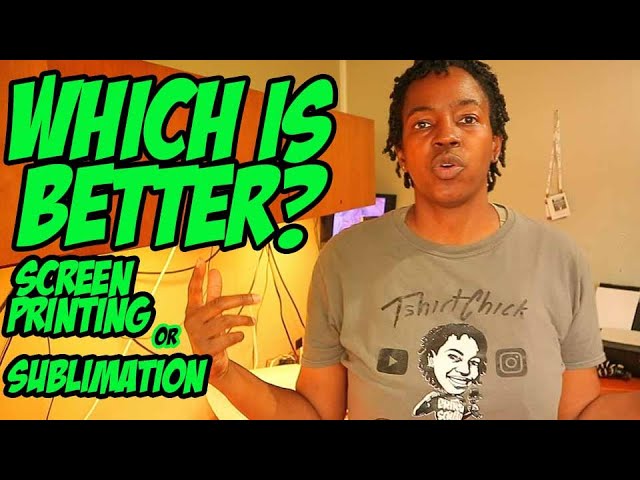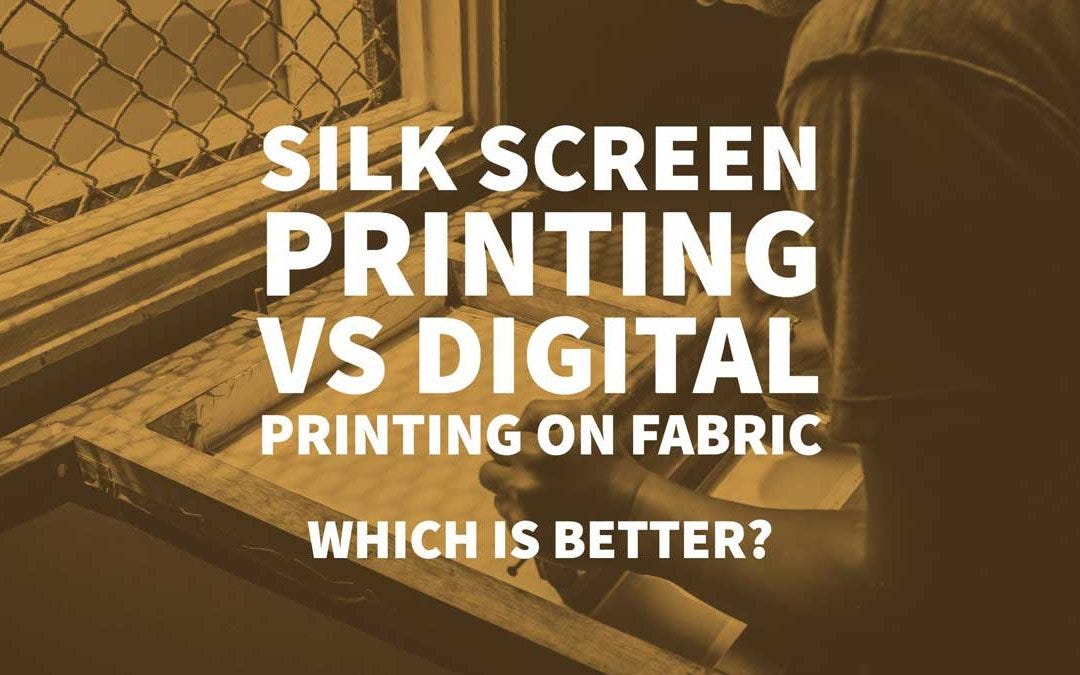Some Of Tx Tees
Table of ContentsGetting The Tx Tees To WorkThe Best Strategy To Use For Tx TeesSee This Report on Tx TeesTx Tees Fundamentals ExplainedTx Tees Fundamentals ExplainedThe Tx Tees Ideas6 Simple Techniques For Tx Tees
That brings your overall to roughly $1,900 before tax obligation and shipping. Accumulate various other expenses, like the number of energies it requires to run the shop and the expense of ink and solution per design. custom monograming. Take the print below as an example. This is a one-color photo, so the expense of ink per t-shirt is about 20 cents.The solution ought to only be a couple of cents since you 'd only require to layer one display for this work. So just how much should you bill per shirt to earn a profit? Generally, printers try to make up to 45% revenue on a print work. Below's a table to aid you identify that: overall expense per product percent of preferred earnings as a decimal (instance:.25 or.45) earnings made per thing per work Currently allowed's talk about the success of DTF.

With DTF, you can print a handful of shirts, or simply one. Both screen printing and DTF have their particular niches in the globe.
See This Report on Tx Tees
The ideal way to understand? Ask about and see what printing shop like yours are doing. custom screen printing. Try both out and see which you like much better
When you're picking what sort of printing method to use for printing your artwork styles on your garments, it is very important that you know the differences between these two methods so you can maximize results while reducing expenses. Screen printing is one of the most generally made use of strategy for publishing layouts on textiles.
DTG printing is also referred to as spot or direct to garment printing since it prints only what is needed instead of making a screen as display printers do. https://www.intensedebate.com/profiles/russellcostello79602. Display printing functions by screen filler squeegee display printing ink display mesh screen, after that moving the image to garment using warm and/or stress
The DTG printer utilizes special dye-sublimation inks that are used right into a pre-designed image by a digital printing system. The inks become component of the fabric, permitting vivid colors and exceptional information. It's also referred to as area or straight to garment printing since it publishes just what is required instead of making a display as screen printers do.
The Best Guide To Tx Tees
First, it's much faster - you can publish a fullcolor photo in mins, as opposed to hours for screen printing. Second, there's no established time or costs included - you can publish any design you like, without needing to produce a display first. Third, there's no waste - because screen printers display print one layout at once, they need to screen each shade independently.
The paper is extremely expensive and can only be made use of as soon as. Once it's published on, it has actually to be discarded. - The initial acquisition rate is less than the upfront investment of DTG printers- You can print multi-color styles one screen each time as opposed to having to publish each color separately like DTG printing.

Tx Tees - Truths
However, as opposed to using screen mesh as display printers do, dye sublimation printers utilize laser technology to move your photos onto garments or paper. A heat process transfers the color from its solid-state straight into the gas phase which subsequently fuses it onto material substratums when they are rapidly heated up to heats under high pressure.
Sublimation printing is eco-friendly. It utilizes much less water than screenprinting, and due to the fact that it doesn't involve making use of unsafe solvents, it's safe for all sorts of clothing. The color sublimation inks are also official statement odor free when treated, unlike display printers that make use of unsafe chemicals during the screen printing process that leave behind an unpleasant odor.
They also save money on costly devices like exposure systems considering that color sublimation printers do not call for a UV direct exposure unit or a flash cure oven that is normally made use of in screen printing (embroidery shop). What is straight to garment printing (DTG Printing)? DTG printing is an electronic screenprinting procedure that publishes straight onto textile using specialized inkjet printers
The Basic Principles Of Tx Tees
DTG printing offers several advantages over conventional screenprinting, including the capacity to print photo high quality pictures, greater shade vibrancy, and the capability to print styles on darker materials. DTG printers work by warming the textile ink till it transforms right into a gas. The gas then permeates the fabric, bonding with the fibers to develop a long-term print.

Display printers just prepare their screen after that start printing until they run out of product or ink.- There is a variety of experienced display printers throughout the globe, which can be practical for novices. - It's a slower process - screen printers frequently have to await the ink to completely dry before they can print the following shade- Screen printers require manual labor, so there's a greater understanding contour and it takes longer to produce a top quality design- Display printing isn't as exact as DTG printing, so you may get some "blood loss" of colors from one part of the photo onto one more if not done effectively.
The Best Strategy To Use For Tx Tees
Instead of utilizing screen mesh as screen printers do, color sublimation printers use laser innovation to move your pictures onto garments or paper. A warmth process transfers the color from its solid-state directly right into the gas stage which consequently integrates it onto fabric substratums when they are swiftly heated to high temperature levels under high stress.
Sublimation printing is environment-friendly. It uses less water than screenprinting, and since it does not involve using harmful solvents, it's risk-free for all sorts of garments. The dye sublimation inks are likewise odorless when cured, unlike screen printers that make use of harmful chemicals during the display printing procedure that leave behind an unpleasant smell.
They also save cash on pricey equipment like exposure systems considering that color sublimation printers don't need a UV exposure system or a flash treatment stove that is generally utilized in display printing. What is straight to garment printing (DTG Printing)? DTG printing is an electronic screenprinting procedure that publishes straight onto textile using specialized inkjet printers.
The Best Guide To Tx Tees
DTG printing provides numerous benefits over traditional screenprinting, consisting of the capacity to publish photographic quality images, better shade vibrancy, and the capability to print designs on darker textiles. DTG printers function by heating up the textile ink till it becomes a gas. The gas then penetrates the textile, bonding with the fibers to produce a permanent print.